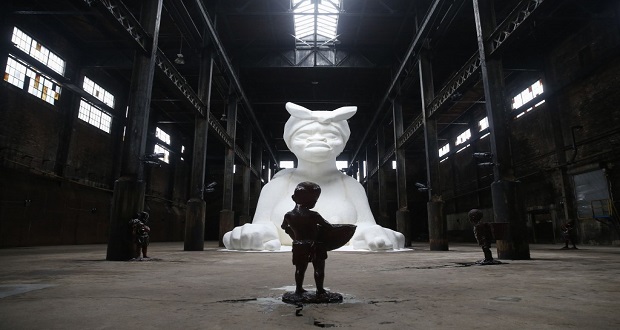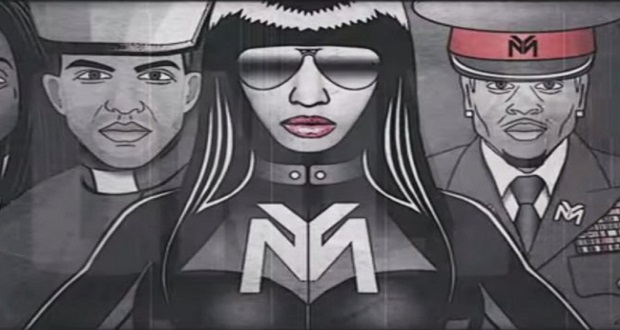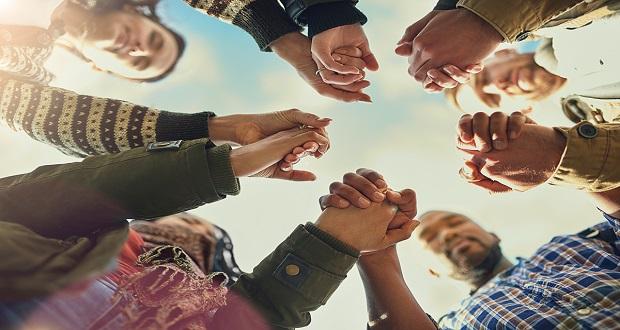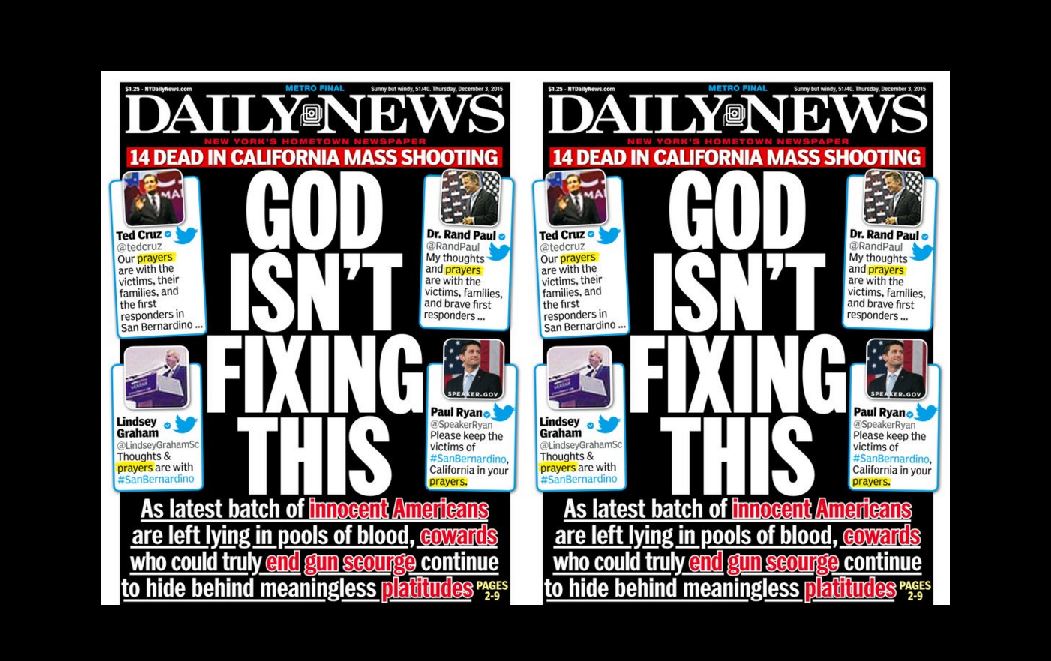
Kara Walker’s sphinx sculpture at the Domino Sugar Factory in Brooklyn. Image credit: REUTERS/Shannon Stapleton
Confession: I know almost nothing about art. It’s embarrassing but true. I enjoy art, but I enjoy it from afar and without much depth. I always feel out of place and lost in museums and exhibits. But I’m making a promise to myself to change that. I’ve had several recent experiences that have inspired me to seek out the value and power in the arts, especially for reconciling a divided world.
A consoling, albeit small fact is that I’m not alone in my aversion to and inexperience with the arts. Pablo Picasso said “Every child is an artist.” The problem is how to remain an artist once he grows up.” This has been my experience. Many of us started out as children with an intimate relationship to paint, crayons, building blocks, musical instruments & other media for expressing and exploring ourselves. But somewhere along the way the freedom and social space to be artists slowly faded away and was replaced with rigid “core” classes and highly specific degrees and careers. Those who remained artists were a talented chosen few.
There are all sorts of reasons why valuing the arts is important; not least of which is our intrinsic creative human nature. But the power that the arts have for galvanizing diverse groups of people and mobilizing people around unifying ideas is something that has most recently struck me as a vital reason to celebrate the arts, particularly for the work of D&I. Here are a few recent examples of what I’m talking about:
- The Latin American Coalition, Charlotte, NC: I have been volunteering with the LAC in Charlotte for the last 5 years, almost exclusively at their annual cultural festivals. Every year the LAC celebrates the diverse Latino cultures of NC by throwing several festivals that showcase Brazilian, Caribbean, Mexican, and Central and South American music, food and art. I recently had the honor of talking with the Executive Director, Jess George, at length about why the LAC focuses so much effort on festivals. She explained to me how vital it is that people decide for themselves how they are represented to other communities. And how important it is for disadvantaged groups to be celebrated as whole persons with unique cultures, and not just empty statistics. The role of the arts is so central to the work of the LAC that one part of their 3-part strategy is to “Celebrate” the richness and diversity of various Latino cultures. As Jess explained to me, the annual festivals are not just a major driver of revenue for the coalition but the center of energy that unites both the workers and community.
- Kara Walker’s “A Subtlety”, Brooklyn: Last week I was visiting friends in Brooklyn and stumbled on what has now been heralded as a “must see” art exhibit in NY. If you have not already seen pictures or read about the exhibit, I encourage you to do so. I didn’t know what I was in for when I went, but I left full of conflicting emotions and a renewed hope in the power of the arts. Walker’s exhibit is “A Subtlety or the Marvelous Sugar Baby an Homage to the unpaid and overworked Artisans who have refined our Sweet tastes from the cane fields to the Kitchens of the New World…” The exhibit is made with 40 tons of sugar, in the soon to be demolished Domino sugar factory that once was home to hundreds of over-worked and underpaid whose stories of struggle were never told. The 35 ft tall all-sugar Sphinx is impressive by itself, but even more amazing is how this exhibit told the story of the oppressed to such a wide audience, in such a short time, and with such moving power. The arts, in this case a sugar sculpture, did in a few minutes what a power point presentation could never do.
- National Museum of Mexican Art, Chicago: A few days ago I visited the Museum of Mexican Art in the Mexican neighborhood of Pilsen in Chicago. The exhibit “Galeria sin Frontera” (Gallery without Borders) was full of artwork created by artists involved in The Movimiento (The Movement of Latino immigrants for social justice) as an expression of their culture and a protest against inequality and immigrant issues. The artwork highlights the painful struggle of many immigrants as well as their beautiful contributions to U.S. culture. The complex bicultural experience of immigrants with deep ties to two different worlds was expressed through vibrant colors and vivid imagery. The exhibit is able to communicate the highly political, controversial, and complicated cultural factors of the Latino fight against injustice through art, in a way that mere words could not. I left feeling more in tune with the issues and more passionate about the cause for equality.
If Picasso is right that our problem, as adults, is to remain an artist as we grow up then part of our problem is finding creative ways to celebrate and advocate for our widely diverse cultures. The arts provide a space for doing just that. As D&I practitioners, we should challenge ourselves and those we work with to find new ways to expose ourselves to powerful artwork and let the colorful messages affect us in ways that make us more accepting and inclusive.


















